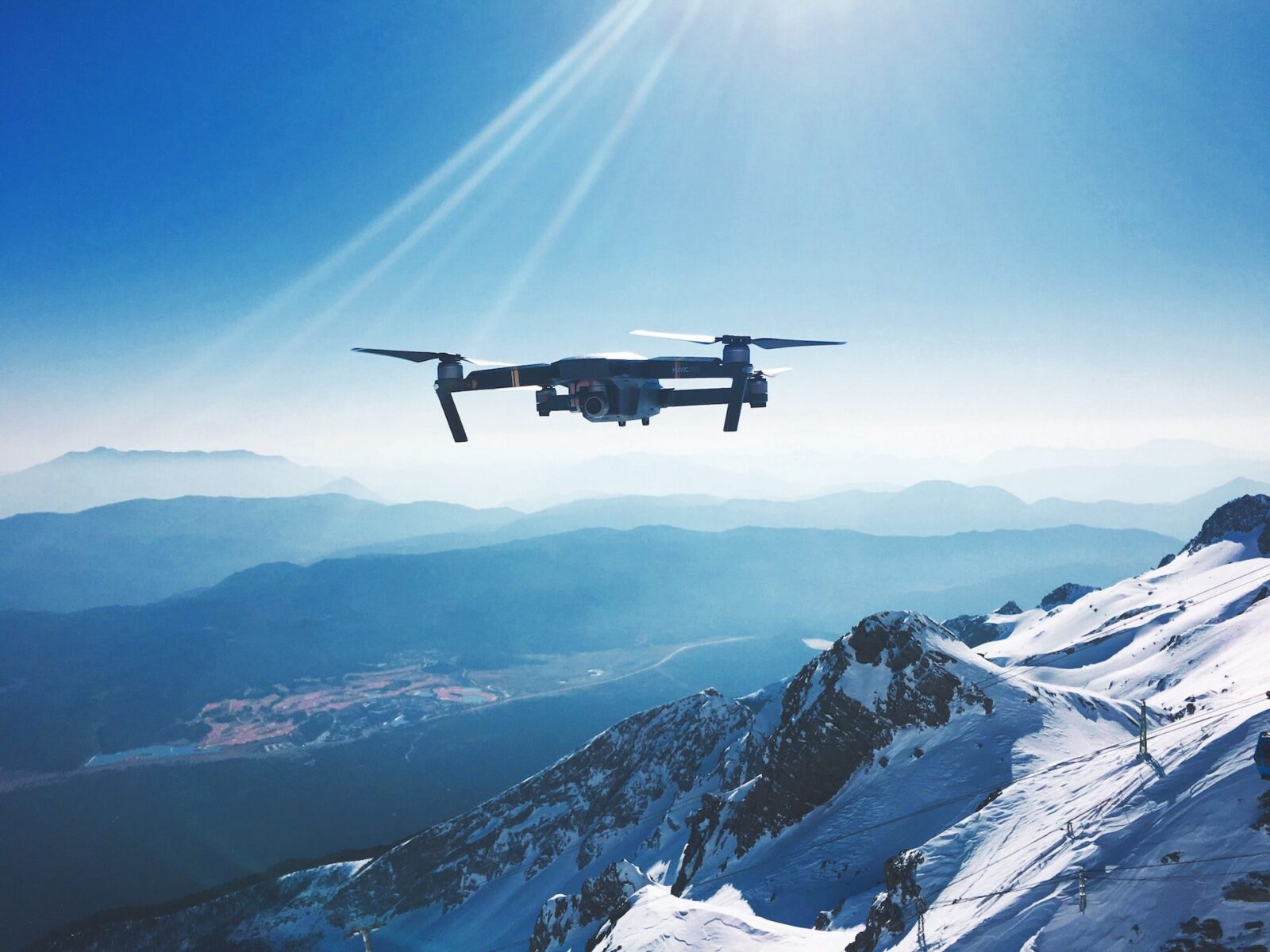
Aerial photography is an exciting way to see the world from above. It has a rich history and has undergone significant changes over time. With new technology, especially drones, taking pictures from the sky is easier and more popular than ever. In this article, we will explore the fascinating journey of aerial photography, the tools used, its numerous applications, and its influence on our society. We will also examine future trends and provide tips for those who wish to start taking aerial photos.
Key Takeaways
- Aerial photography has evolved from balloons to advanced drones, making it more accessible and affordable.
- It plays a vital role in many fields, including real estate, conservation, and entertainment.
- The use of drones has revolutionized how we capture images from above.
- Understanding the basics of flight and camera settings is crucial for great aerial shots.
- Future advancements in technology will likely open new opportunities for aerial photography.
The Evolution of Aerial Photography

Aerial photography has evolved significantly since its inception. From the early days of balloons to the modern use of drones, the methods and technologies have undergone significant evolution.
From Balloons to Drones
In the 19th century, the first aerial photographs were taken from hot air balloons. This innovative approach enabled photographers to capture images from heights never previously seen. As technology progressed, airplanes became the primary tool for aerial photography, allowing photographers to cover larger areas and capture stunning landscapes.
Pioneers of Aerial Imagery
Several key figures have shaped the history of aerial photography. Notably, Julius Neubronner invented the pigeon camera in the early 1900s, which allowed for unique bird’s-eye views. Later, during World War I, aerial photography became crucial for military surveillance, changing how battles were fought.
Technological Advancements Over the Decades
The introduction of drones in the 21st century marked a significant turning point in the field of aviation. Drones have transformed aerial photography by making it more accessible and affordable. They offer high-resolution imaging, flexibility in capturing unique angles, and enhanced safety by minimizing human involvement in hazardous areas. The future promises further innovations in camera technology and battery life, expanding the potential applications of drone photography.
Aerial photography not only changes how we see the world but also influences various industries, from real estate to environmental conservation.
In summary, the evolution of aerial photography reflects our growing ability to explore and document the world from above, showcasing the incredible advancements in technology over the years.
Techniques and Equipment in Aerial Photography
Choosing the Right Drone or Camera
Selecting the right equipment is essential for capturing stunning aerial images. Here are some key points to consider:
- Budget: Determine how much you are willing to spend.
- Camera Quality: Opt for drones equipped with high-resolution cameras for superior image quality.
- Flight Time: Consider how long the drone can stay airborne before needing to recharge.
Mastering Flight Controls and Camera Settings
You must understand how to control your drone and camera settings to get the best shots. Here are some tips:
- Practice flying in open areas to get comfortable with the controls.
- Learn about various camera settings, such as exposure and ISO.
- Experiment with angles and heights to find the best perspectives.
Innovative Techniques for Stunning Shots
Using creative techniques can elevate your aerial photography. Here are some ideas:
- Panoramas: Combine multiple images to create expansive views.
- Follow Me Mode: Use this feature to capture moving subjects.
- Time-lapse: Show changes over time by taking a series of shots.
Aerial photography opens up a new world of creativity, allowing you to capture breathtaking views that tell a story.
The right equipment and techniques are crucial for successful aerial photography. Whether you are a beginner or an experienced photographer, understanding your tools and practicing regularly will help you improve your skills and capture unique images from above.
Highlight advanced drone technology.
Applications of Aerial Photography
Aerial photography has numerous applications that enhance our understanding of the world. From real estate to environmental monitoring, the applications are diverse and have a significant impact.
Real Estate and Urban Planning
- Aerial images help real estate agents showcase properties effectively.
- They provide a unique perspective of the property and its surroundings.
- Aerial views can attract more potential buyers and investors.
Environmental Conservation and Monitoring
- Aerial photography is crucial for tracking changes in ecosystems.
- It helps in monitoring deforestation and habitat loss.
- Aerial views provide valuable data for conservation efforts.
Filmmaking and Entertainment
- Aerial shots add excitement and grandeur to films and shows.
- They allow filmmakers to capture stunning landscapes and cityscapes.
- Aerial cinematography enhances storytelling by providing unique perspectives.
Aerial photography not only captures beautiful images but also plays a vital role in various fields, helping us understand and protect our planet better.
In summary, aerial photography is a powerful tool that provides unique insights across various sectors, making it an essential component of modern visual storytelling and environmental monitoring.
The Impact of Aerial Photography on Society

Changing Perspectives and Paradigms
Aerial photography has transformed how we view our world. It offers a unique perspective that can change our understanding of landscapes, cities, and our environment. By capturing images from above, we can see patterns and relationships that are invisible from the ground.
Influence on Art and Culture
The impact of aerial photography extends into the realms of art and culture. Artists and filmmakers use aerial shots to create stunning visuals that captivate audiences. Here are some ways it influences art:
- Enhances storytelling in films
- Provides new inspiration for artists
- Offers a fresh perspective on familiar subjects
Role in Historical Events and Warfare
Aerial photography has played a pivotal role in numerous historical events, particularly in warfare. It has been used for:
- Surveillance to gather intelligence
- Mapping battlefields for strategic planning
- Documenting significant events from a unique viewpoint
In modern times, aerial photography is also used in urban planning and environmental management. It helps evaluate the impact of aerial photography on urban planning and environmental management practices in modern society.
Aerial photography not only captures images but also tells stories about our world, shaping how we perceive and interact with our environment.
Future Trends in Aerial Photography

Advancements in Drone Technology
The future of aerial photography is bright, especially with the rapid growth of drone technology. Drones are becoming increasingly advanced, featuring improved battery life, enhanced cameras, and increased stability. This means photographers can capture more precise and detailed images from the sky.
Integration with AI and Machine Learning
Artificial Intelligence (AI) and machine learning are set to revolutionize aerial photography. These technologies can help analyze images, identify patterns, and even automate the editing process. This will make it easier for photographers to produce high-quality photos without spending hours post-processing.
Potential New Applications and Markets
As aerial photography continues to evolve, new applications are emerging. Here are some potential areas where aerial photography could make a significant impact:
- Agriculture: Monitoring crop health and growth.
- Disaster Management: Assessing damage and planning recovery efforts.
- Tourism: Creating stunning promotional content for travel destinations.
The aerial photography market is projected to grow at an annual rate of 22 percent over the next decade as drone photography surges in popularity. This growth will open up new opportunities for photographers and businesses alike.
In conclusion, the future of aerial photography is not just about capturing beautiful images; it’s about using technology to enhance our understanding of the world around us. As we look ahead, the possibilities are endless!
Tips for Aspiring Aerial Photographers

Essential Safety Guidelines
- Know the Rules: Always check local regulations regarding the use of drones. This includes understanding no-fly zones and altitude limits.
- Pre-Flight Checks: Inspect your drone for any damage before taking off and ensure the battery is fully charged.
- Weather Awareness: Avoid flying in bad weather conditions. Windy or rainy days can make flying dangerous.
Best Practices for Capturing Images
- Plan Your Shots: Scout locations ahead of time and consider the best angles and times to capture the perfect shot.
- Use the Right Settings: Adjust your camera settings to achieve the best quality images, taking into account the lighting conditions.
- Experiment with Techniques: Try different methods, such as panoramas or time-lapse, to create unique shots.
Legal Considerations and Regulations
- Licensing: Depending on your location, you may be required to obtain a license to operate a drone commercially.
- Respect Privacy: Always be mindful of people’s privacy when capturing images from above.
- Insurance: Consider getting insurance for your drone to protect against accidents or damage.
Aerial photography can be an exciting adventure, but safety and legality should always come first.
By following these tips, you can enhance your skills and enjoy the fascinating world of aerial photography. Remember, practice makes perfect!
If you dream of becoming an aerial photographer, start practicing as much as possible with your drone. Learn the basics of photography, such as lighting and angles, to make your shots truly stand out. Don’t forget to check local laws regarding the operation of drones. For more tips and to see our work, visit our website!
Conclusion
In summary, aerial photography has revolutionized our perception of the world, offering a fresh perspective from above. Over the years, technology has made it easier for everyone to capture stunning images, whether through drones or satellites. This art form not only helps us appreciate the beauty of our planet but also plays a vital role in various fields like real estate, environmental protection, and filmmaking. The next time you look at a breathtaking aerial shot, remember that it tells a story about our connection to the Earth and the incredible advancements that enable us to see it from such heights.
Frequently Asked Questions
What is aerial photography?
Aerial photography involves capturing images from above, typically using drones or aircraft. It gives a bird ‘s-eye view of places.
Do I need special training to take aerial photos?
While you don’t need to be a pro, it helps to learn how to fly a drone and use a camera properly for the best results.
Is aerial photography expensive?
It can be, but with many affordable drones and cameras now available, it’s easier for anyone to get started.
Can I use drones for aerial photography anywhere?
No, there are rules about where you can fly drones. It’s important to check local laws before taking photos.
What are the best times to take aerial photos?
The best times are early morning or late afternoon, when the light is softer and warmer, making the pictures look more appealing.
Can I sell my aerial photos?
Yes, you can sell your aerial photos online or to companies that need them for various projects.
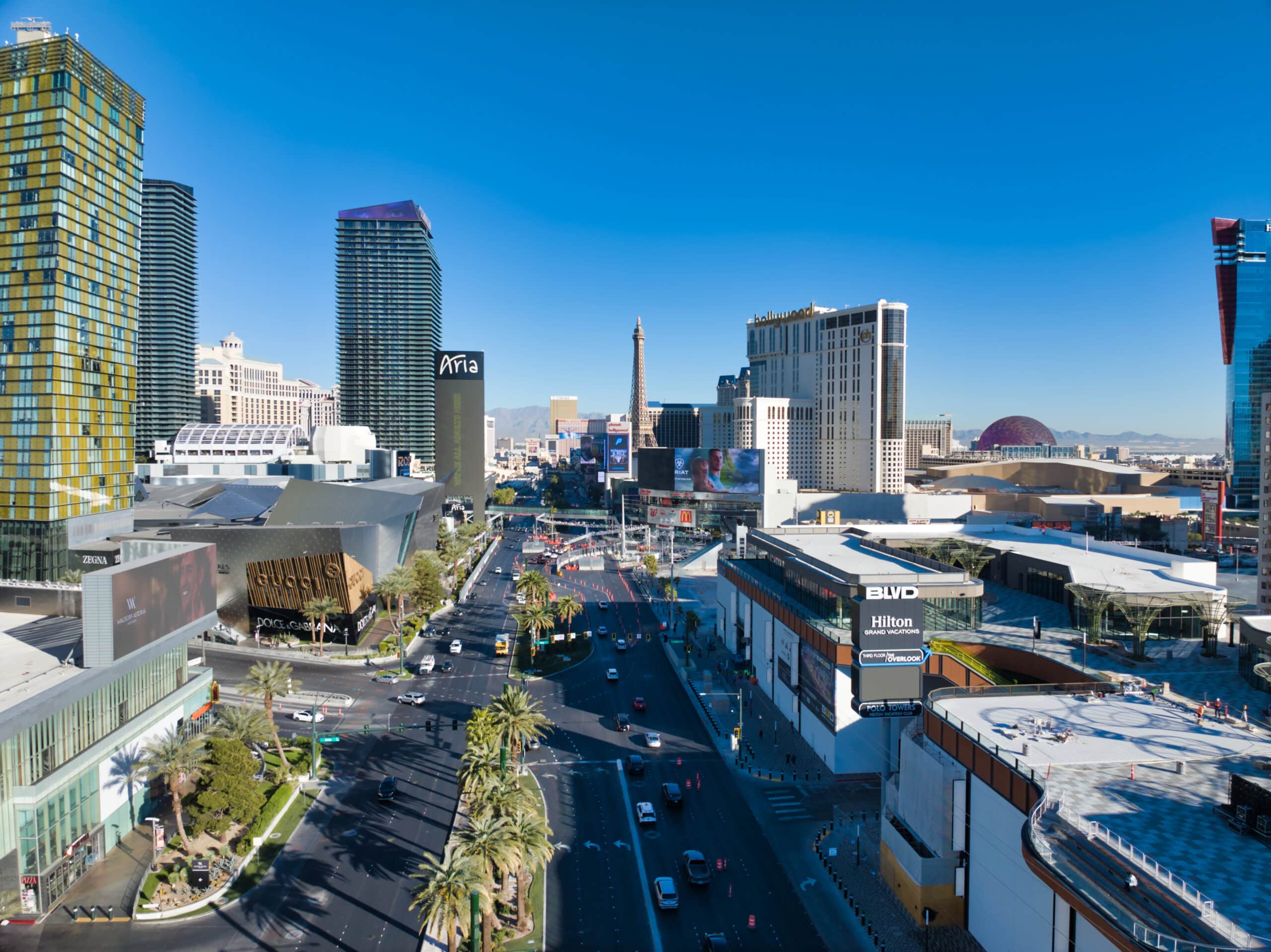
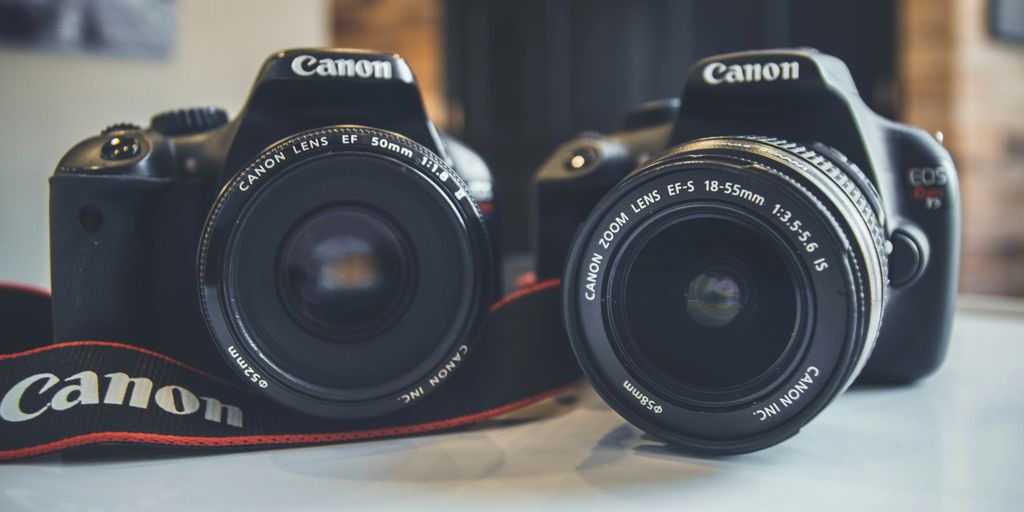
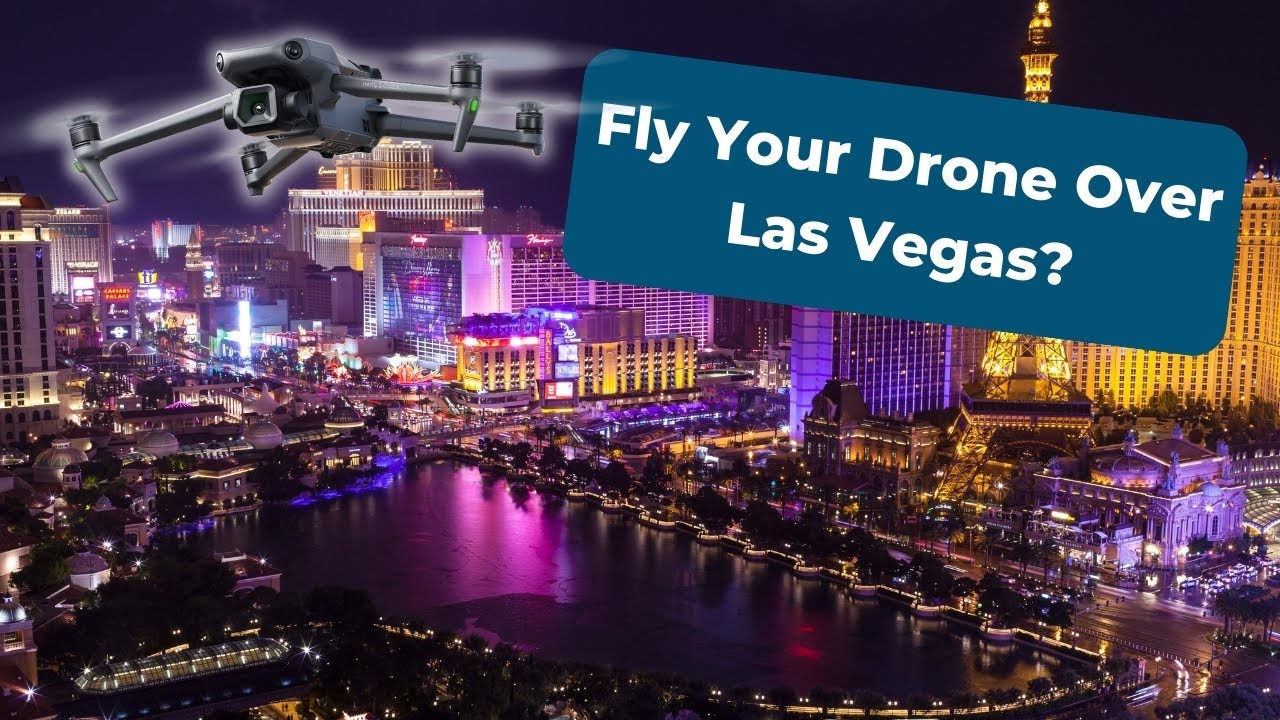
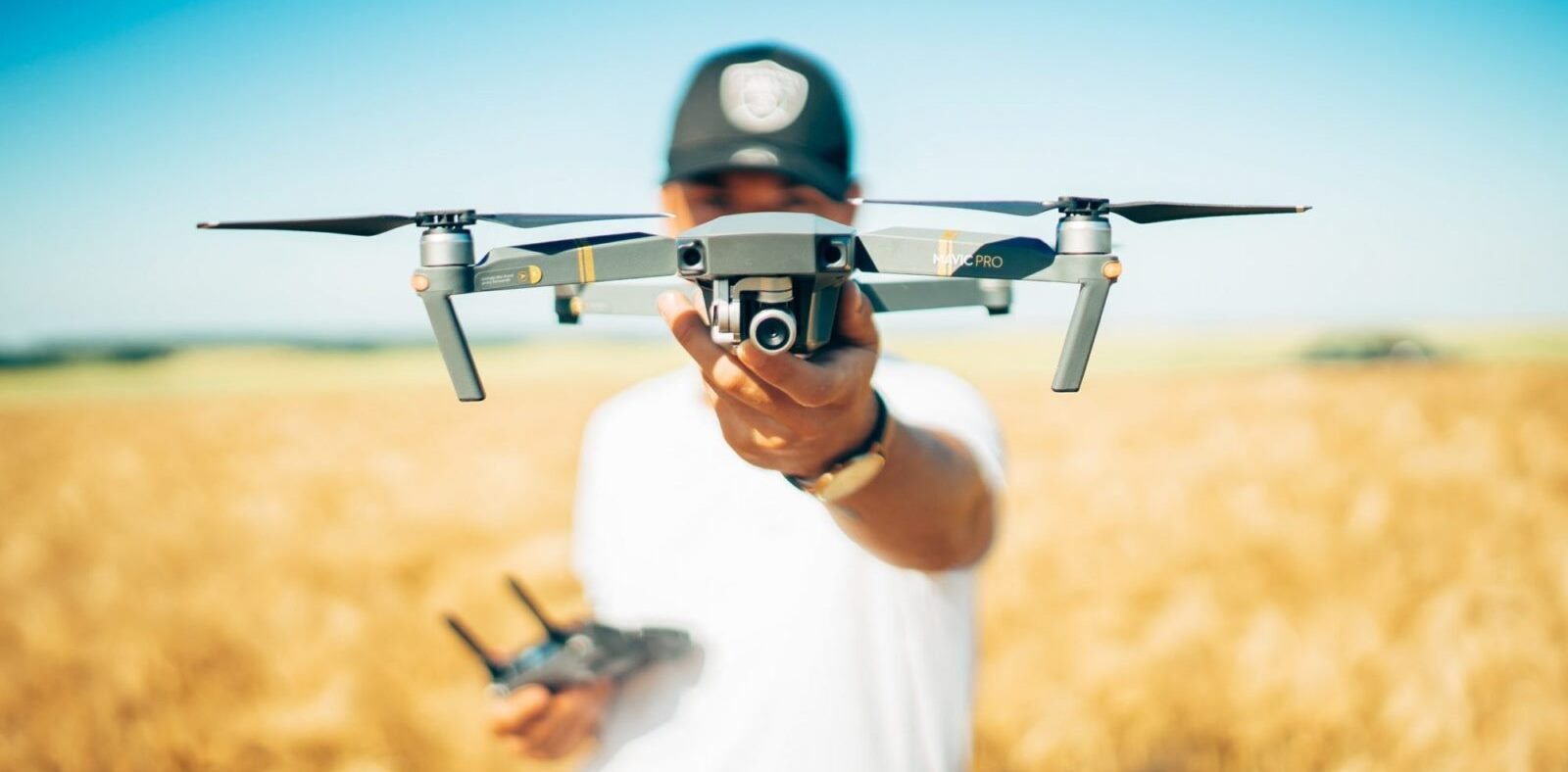

Comments are closed.